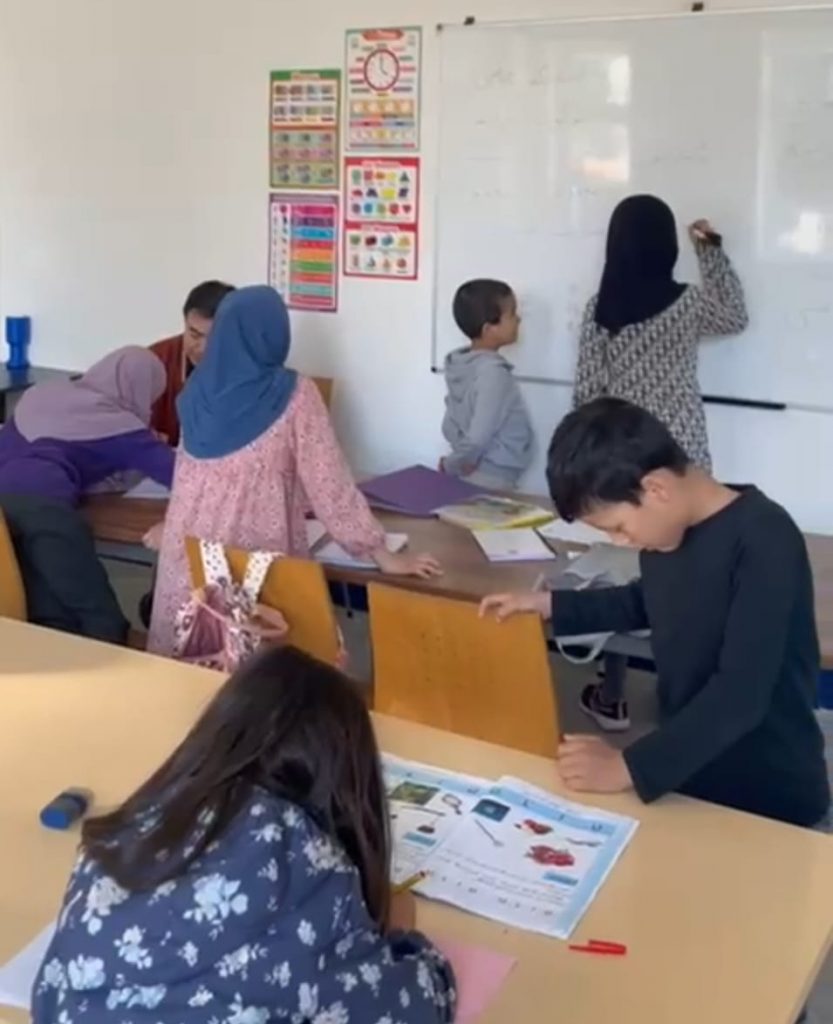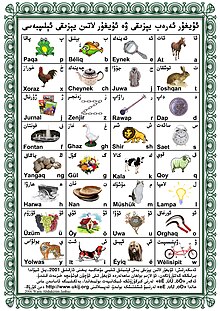Uyghur Language

| Hi, Hello: ياخشىمۇ، ياخشىمۇسىز [yaxshimusiz، yaxshimu] |
| What is your name?: ئېتىڭىز نىمە؟ ئىسمىڭىز نېمە؟ [ismingiz nëme? ëtingiz nëme?] |
| Nice to meet you: كۆرۈشكىنىمىزگە خۇشالمەن [körüshkinimizge xushalmen] |
| How are you?: قانداق ئەھۋالىڭىز؟ [qandaq ehwalingiz?] |
| I’m good, thanks: مەن ياخشى،رەھمەت سىزگە [men yaxshi,rehmet sizge] |
| And you?: سىزچۇ؟ [sizchu?] |
the Uyghur Arabic alphabet, Uyghur New Script, ALA-LC Uighur Romanization, and Uyghur Latin alphabet each has a total of 32 letters (if one included their digraphs, which are: ⟨ng⟩ in all three Latin-based alphabets; also ⟨ch⟩, ⟨gh⟩, ⟨sh⟩, & ⟨zh⟩ in ULY and ALA-CL, and in this last further ⟨kh⟩, as well as their vowels bearing diacritics). Differences may still exist in texts using ULY (the most recently devised of the Latin orthographies) in that its standard ⟨ë⟩ is sometimes written by instead ⟨é⟩, that is to say, with the acute accent in place of the diaeresis, without this variation denoting any difference in Uyghur pronunciation.
